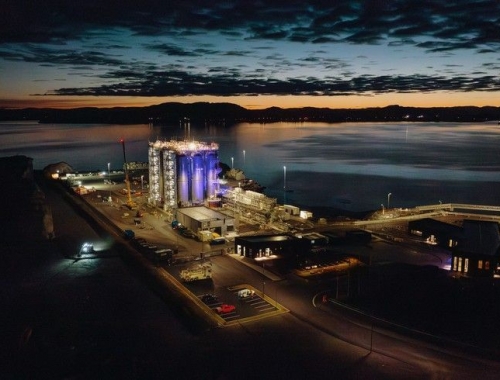Neptune vows to store more CO2 than it emits by 2030
SUMMARY
The company has licensing in place for a carbon capture project in the Netherlands and will seek to build another in the UK.
By Callum CyrusNeptune Energy plans to store more CO2 than is emitted from its operations and the use of its products by 2030 thanks to two carbon capture and storage (CCS) projects it is developing, the company said on March 1.
The company is eyeing subsea structures in the Dutch and UK sectors that could potentially handle over 9mn metric tons of CO2 annually by the end of the decade. This is more than the 8.7mn mt/yr of Scope 1 and 3 emissions the company projects it will be emitting by that point.
Neptune expects to take a final investment decision on the 5mn mt/yr L10 CCS project in the Netherlands in 2023 and launch it in 2026. The company is also pursuing a CCS storage and appraisal licence in the UK, with further potential opportunities in the UK and Norway.
Neptune's CCS strategy is expected to complement its electrification plans. It says it will make decisions to electrify facilities "where it is economic to do so", while prioritising low carbon gas and oil developments as well as potential tie-ins to integrated energy systems.
Neptune will initially focus on electrifying its Norwegian assets. It says its existing carbon intensity of 6 kg CO2/boe is already significantly better than the 15 kg CO2/boe industry average. Methane intensity is also better at 0.02% vs 0.20% industry-wide, and Neptune remains on track for net zero methane emissions by 2030.








